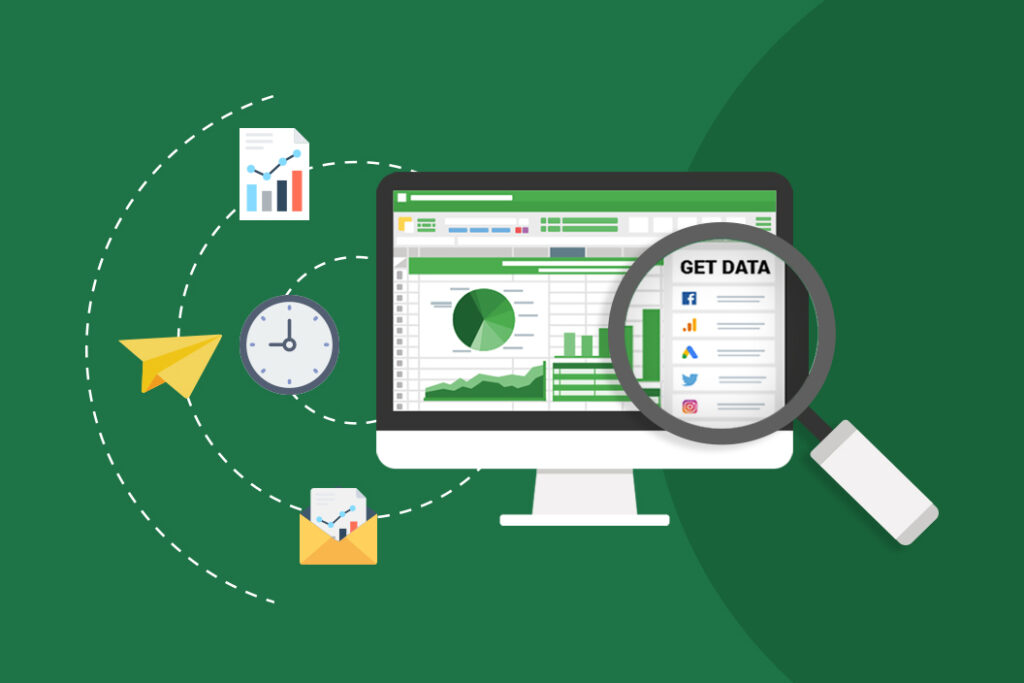Personal Career & Learning Guide for Data Analyst, Data Engineer and Data Scientist
Excel is a powerful tool for data analysis and it can be used to perform various complex calculations with ease. One such calculation is counting or summing the variance between two sets of data. Variance is a measure of how much a set of numbers deviates from its mean, and it can be a useful tool for identifying patterns in data. In this article, we will explore how to count or sum variance in Excel using a step-by-step approach that is easy to understand, even for beginners.
To start, you will need two sets of data. The first set is the actual data and the second set is the expected data. For example, if you have sales data for a product, you could compare it to the expected sales data. The expected data could be the average sales data over a given period of time.
Next, you need to calculate the variance for each data point. To do this, subtract the expected value from the actual value. Then, square the result. This gives you the variance for each data point.
Once you have the variance for each data point, you can either count the number of occurrences or sum the variance. To count the number of occurrences, use the COUNTIF function. To sum the variance, use the SUM function.
The COUNTIF function allows you to count the number of times a certain value appears in a given range. In this case, you can use COUNTIF to count the number of times the variance is greater than or less than zero. This gives you an idea of how many data points deviate from the expected value.
The SUM function allows you to add up the variance for each data point. This gives you a total variance that can be used to measure the deviation of the actual data from the expected data.
To use the SUM function, simply select the range of variance values and type =SUM(range) into a blank cell. This will give you the sum of the variance for each data point.
In conclusion, counting or summing variance in Excel is a simple yet powerful tool for data analysis. By understanding how to calculate variance and use functions like COUNTIF and SUM, you can gain valuable insights into your data and make informed decisions based on the results.
Excel Example for Data Analyst – Count or sum variance
 Loading...
Loading...
Latest end-to-end Learn by Coding Projects (Jupyter Notebooks) in Python and R:
All Notebooks in One Bundle: Data Science Recipes and Examples in Python & R.
End-to-End Python Machine Learning Recipes & Examples.
End-to-End R Machine Learning Recipes & Examples.
Applied Statistics with R for Beginners and Business Professionals
Data Science and Machine Learning Projects in Python: Tabular Data Analytics
Data Science and Machine Learning Projects in R: Tabular Data Analytics
Python Machine Learning & Data Science Recipes: Learn by Coding
R Machine Learning & Data Science Recipes: Learn by Coding
Comparing Different Machine Learning Algorithms in Python for Classification (FREE)
There are 2000+ End-to-End Python & R Notebooks are available to build Professional Portfolio as a Data Scientist and/or Machine Learning Specialist. All Notebooks are only $29.95. We would like to request you to have a look at the website for FREE the end-to-end notebooks, and then decide whether you would like to purchase or not.
